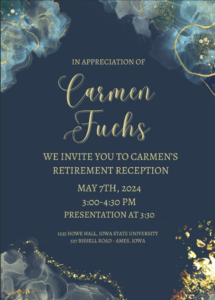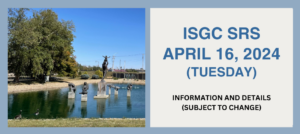Alesha Roll has joined the Iowa NASA EPSCoR (Established Program to Stimulate Competitive Research) and Iowa Space Grant Consortium (ISGC) in the role of program specialist.
Alesha is a 2017 alumna of Iowa State University, where she earned a Bachelor of Science in Nutritional Sciences. Her career has been marked by a diverse array of roles, all centered around her passion for STEM, education and outreach, and community engagement.

With an extensive background in grant management and compliance, Alesha has played a key role in integrating STEM programs and supportive policies. Her interest was sparked by an internship with the EARTH Program in St. John, U.S. Virgin Islands, through Iowa State University.
Alesha’s commitment to the community includes creating programs within health and coaching, participating in coalitions advocating for local food policies, food security, waste reduction, and public education. Additionally, she has done grant work for nonprofit organizations in her free time.
As a program specialist with EPSCoR/ISGC, Alesha will be involved in grant management, focused on research infrastructure development and supporting education and outreach events. While her specific duties will evolve, her extensive background in community-focused initiatives and her enthusiasm for educational programs will bring value to the Iowa EPSCoR/ISGC team.


